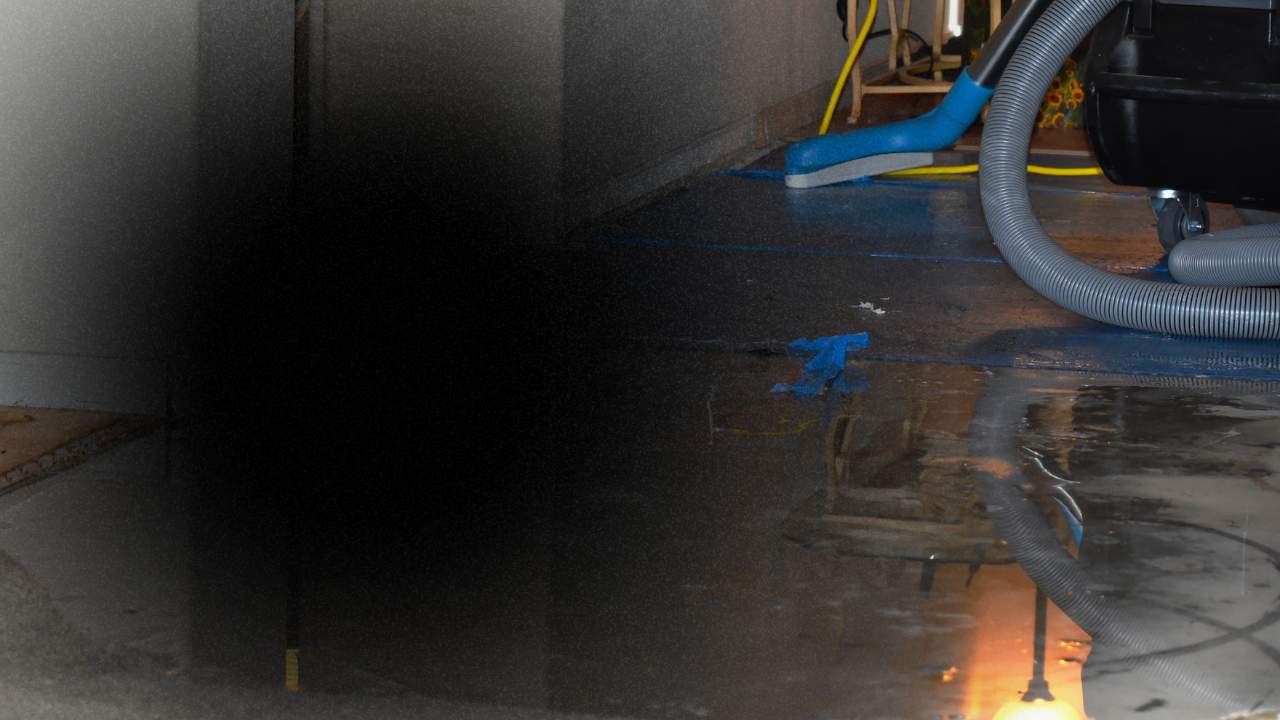Water damage can be a homeowner’s worst nightmare, leading to costly repairs and health hazards if not addressed promptly. In Plainfield, IN, residents face unique challenges due to weather conditions and aging infrastructure. Understanding the ins and outs of water damage restoration is essential for safeguarding your property and peace of mind. In this comprehensive guide, we’ll explore effective strategies for managing water damage and highlight the best practices for restoration in Plainfield, IN. Whether you’re dealing with a minor leak or a significant flood, knowing how to respond can save you time, money, and stress.
The key to successful water damage restoration lies in quick action and informed choices. With the right knowledge, you can effectively mitigate damage and restore your home to its pre-loss condition. Let’s delve into the essential steps and expert insights that will empower you to tackle water damage head-on and ensure your home remains a safe haven for your family.
0 best plainfield in water damage restoration
Understanding Water Damage
Water damage can manifest in various forms, including flooding, leaks from plumbing systems, and even humidity-related issues. It’s crucial to recognize the different types of water damage:
- Clean Water Damage: Originates from sources like broken pipes or rainwater.
- Gray Water Damage: Comes from appliances like washing machines or dishwashers.
- Black Water Damage: Contains harmful bacteria and pathogens, often resulting from sewage backups.
Identifying the type of water damage you’re facing is the first step in determining the appropriate restoration method.
Steps for Effective Water Damage Restoration
Restoration should begin as soon as possible to minimize damage. Here’s a step-by-step approach to water damage restoration in Plainfield, IN:
- Assess the Damage: Identify the source of the water and evaluate the extent of the damage. This includes checking for hidden moisture in walls and ceilings.
- Stop the Water Source: If it’s safe to do so, turn off the water supply to prevent further damage.
- Remove Excess Water: Use pumps and wet vacuums to remove standing water. This process may require professional assistance, especially for large volumes of water.
- Dry the Area: Utilize fans and dehumidifiers to dry out the affected space thoroughly. This step is crucial to prevent mold growth.
- Clean and Sanitize: Disinfect surfaces to eliminate harmful bacteria and odors. This is especially important in cases of gray or black water damage.
- Repair and Restore: Once everything is dry and sanitized, begin the restoration process, which may involve repairing drywall, replacing flooring, and repainting.
Preventing Future Water Damage
Prevention is always better than cure. Here are some tips to help you avoid water damage in the future:
- Regular Maintenance: Conduct routine inspections of your plumbing and roof to identify potential issues before they escalate.
- Install Water Alarms: Consider installing water alarms that alert you to leaks or flooding in real-time.
- Proper Grading: Ensure your landscape is graded away from your home to prevent water pooling around the foundation.
- Know Your Insurance: Review your homeowner’s insurance policy to understand your coverage for water damage and consider additional flood insurance if necessary.
By being proactive, you can significantly reduce the risk of water damage and enhance your home’s resilience against future incidents. Remember, should water damage occur, quick and effective restoration is key to protecting your investment and maintaining a healthy living environment.

